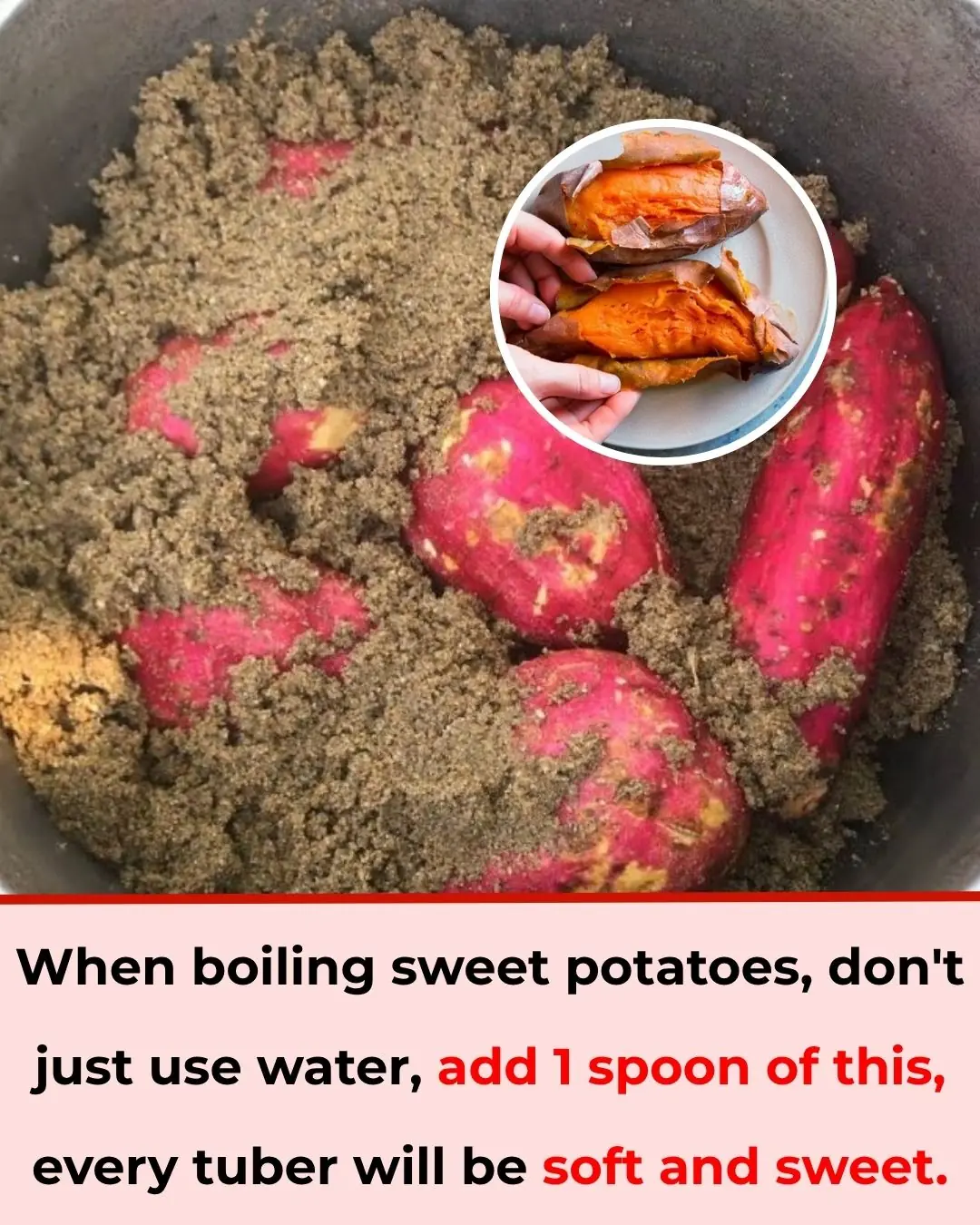
Most do this wrong. 10 kitchen habits you’re doing wrong

In the hustle and bustle of daily life, the kitchen often becomes a place where convenience wins over precision. We chop, cook, and clean in a rush, forming habits that seem harmless — but some of these routines might actually be damaging our tools, compromising food quality, or even creating health risks over time.
From how we store knives to how we dispose of grease, these small missteps can have surprisingly big consequences. In this article, we’ll uncover 11 common kitchen habits most people get wrong and explain how small, mindful changes can make your kitchen more efficient, your meals more delicious, and your cleanup much easier.
1. The Grease Disposal Mistake
Pouring cooking grease down the sink might seem like an easy way to get rid of it, but it’s one of the most damaging things you can do to your plumbing. When grease cools, it solidifies and sticks to the inside of pipes, gradually building up into stubborn blockages that can cost hundreds of dollars to repair.
Instead, allow the grease to cool and solidify in a disposable container or an old jar, then toss it in the trash. For smaller amounts, use paper towels to wipe excess grease from pans before washing them. Some cities even have collection points for used cooking oil — a sustainable alternative that prevents damage to the environment and your plumbing system.
2. The Rice Rinsing Error
Skipping the rinsing step before cooking rice is a common mistake that can drastically affect texture. Rice naturally contains surface starch that, if left unwashed, makes grains clump together or turn gummy.
To do it right, place your rice in a fine-mesh strainer or bowl and rinse under cold water, gently stirring until the water runs mostly clear. This takes only a few minutes but results in fluffy, perfectly separated grains. For added flavor and nutrition, you can even soak your rice for 20 minutes before cooking — a small step that improves both texture and digestibility.
3. Misusing the Garbage Disposal
Your garbage disposal isn’t a catch-all waste chute. Items like coffee grounds, eggshells, pasta, and fibrous vegetables (such as celery, corn husks, or onion skins) can wrap around the blades or clog the pipes. Even worse, starchy foods can expand and create thick, cement-like blockages.
To avoid problems, always run cold water while using the disposal to help fats and oils solidify for easier grinding. Compost what you can, and throw tough or fibrous scraps into the trash instead. Think of your disposal as a helper for small scraps — not a substitute for your garbage bin.
4. The Knife Storage Misstep
Leaving knives loose in a drawer is a double hazard: it dulls the blades and increases your risk of cutting yourself while reaching in. Proper knife storage is key to keeping your tools sharp, safe, and long-lasting.
Use a knife block, magnetic wall strip, or individual blade guards to store your knives. Always dry them thoroughly before putting them away to prevent rust. A well-maintained knife not only cuts more effectively but also makes meal prep faster and safer.
5. Overcrowding the Refrigerator
A packed fridge might look like you’re well-prepared, but overloading it prevents proper air circulation. This leads to uneven cooling, spoiled food, and higher energy bills as your refrigerator works harder to maintain its temperature.
Aim to keep your fridge no more than 75% full to allow cool air to move freely. Remove excess packaging, group similar items together, and check expiration dates weekly. For those who often find their fridge overflowing, consider using clear storage bins to organize items and make everything easy to find — reducing both waste and frustration.
6. Incorrect Cutting Board Practices
Not all cutting boards are created equal, and using the wrong one can lead to cross-contamination and dull knives. Wooden boards are excellent for fruits, vegetables, and bread — they’re gentle on knife blades and naturally antibacterial when cleaned properly.
Plastic or composite boards, on the other hand, are best for raw meats, poultry, and seafood because they’re nonporous and easier to sanitize. After each use, wash boards in hot, soapy water and occasionally disinfect with a mild bleach solution or vinegar spray. To take hygiene one step further, color-code your boards to keep raw and cooked foods safely separated.
7. Misjudging Oven Temperatures
Most people assume their oven’s built-in thermostat is accurate — but many are off by as much as 25°F (about 15°C). This can lead to undercooked casseroles or burned cookies, especially in baking where precision is crucial.
Invest in an oven thermometer and place it in the center of the middle rack for the most accurate reading. Adjust your oven’s temperature settings accordingly. Calibrating your oven once or twice a year can dramatically improve the quality and consistency of your baked goods, saving you from frustrating (and sometimes expensive) cooking mishaps.
8. Overusing Plastic Wrap for Storage
Plastic wrap is handy, but it’s not always the best choice for keeping food fresh. It traps moisture, which can cause produce to wilt and leftovers to spoil faster. It’s also a major source of kitchen waste.
Instead, switch to airtight glass or BPA-free containers, reusable silicone wraps, or beeswax wraps. These eco-friendly alternatives create a tighter seal, preserve freshness longer, and help you cut down on single-use plastics. They also stack neatly in your fridge, freeing up space and reducing clutter.
9. Inefficient Use of Dishwasher Space
Many people load their dishwashers with the “more is better” mindset, but overstuffing prevents water and detergent from reaching all surfaces. Likewise, improper placement — such as nesting bowls or stacking utensils — leaves dishes partially dirty.
To load your dishwasher efficiently:
-
Face plates toward the center.
-
Angle cups and bowls downward to prevent pooling.
-
Place utensils handle-side down and mix up forks, knives, and spoons to avoid nesting.
-
Avoid overcrowding the racks.
A well-organized load not only ensures cleaner dishes but also conserves water and energy — a win for both your kitchen and the planet.
10. Ignoring Expiry Dates on Spices
Spices are the unsung heroes of great cooking, but even the best spice loses its magic over time. Old spices don’t necessarily spoil, but they lose potency, meaning your dishes might taste bland no matter how much seasoning you add.
As a general rule, replace ground spices every 6–12 months and whole spices every 1–2 years. Store them in airtight jars, away from heat, light, and moisture. A quick test: if a spice no longer smells strong or vivid, it’s past its prime. Keeping your spice cabinet fresh ensures every meal bursts with flavor.
11. Overlooking the Importance of Preheating
Skipping the preheating step might save a few minutes, but it can ruin recipes that depend on consistent temperatures — especially baked goods. Uneven heat can cause cakes to collapse, cookies to spread too thin, or meats to cook unevenly.
Always allow your oven to fully preheat before adding food. This typically takes 10–15 minutes, though modern ovens may signal readiness sooner. To verify accuracy, check with your oven thermometer. That brief wait can make the difference between mediocre and restaurant-quality results.
Final Thoughts: Small Changes, Big Impact
The kitchen is the heart of every home — a space for creativity, nourishment, and connection. By making these small adjustments to your daily routines, you’ll not only extend the life of your tools and appliances but also elevate the quality and safety of your cooking.
Whether it’s taking a moment to rinse your rice, storing knives properly, or swapping out old spices, these little habits build up to big improvements. So the next time you step into your kitchen, remember: it’s not just about cooking — it’s about caring for the craft that feeds you and those you love.
News in the same category


Stir-fried beef is tough: Add these 3 steps, the meat will be softer, sweeter, and tastier than in restaurants
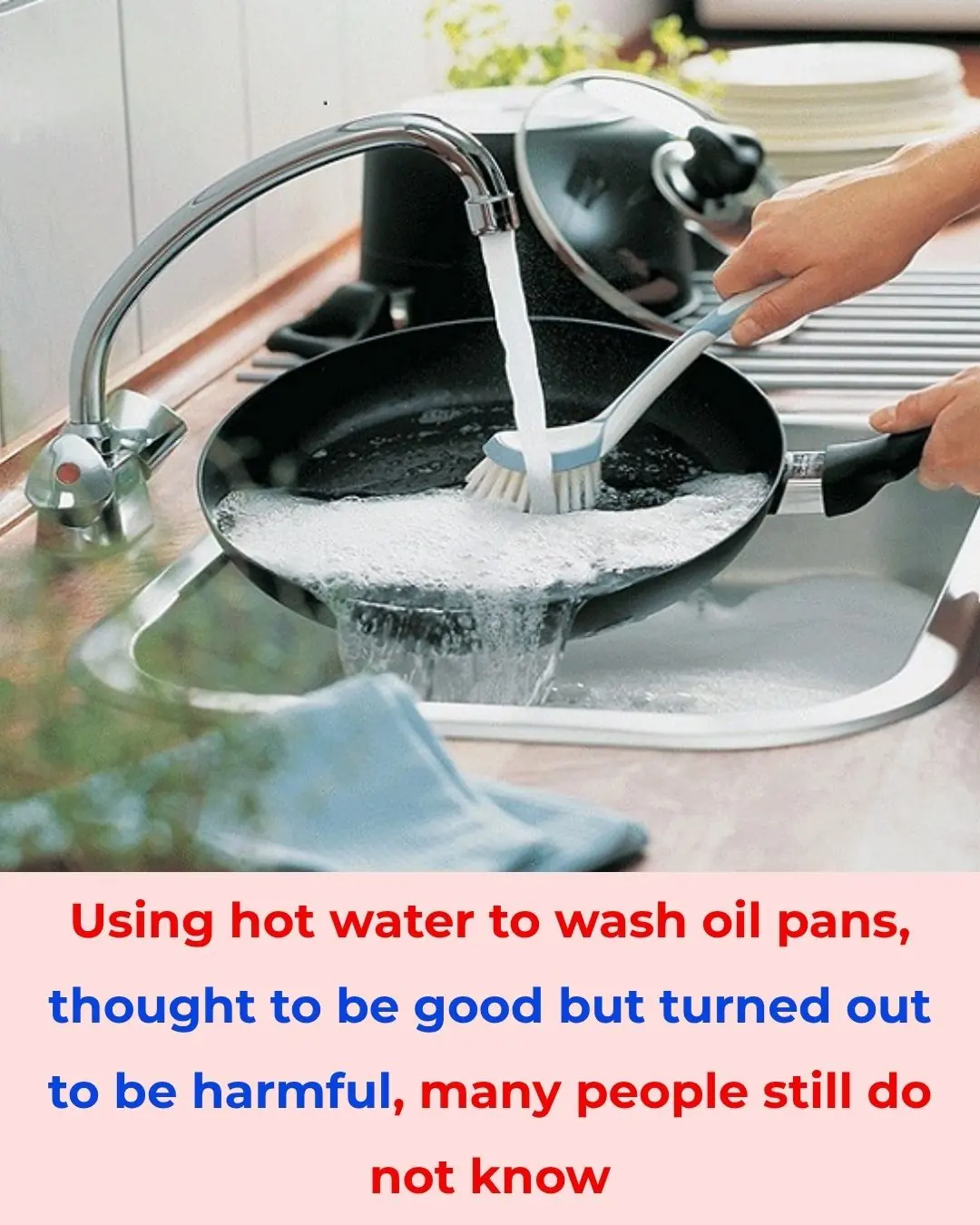
Using Hot Water to Clean a Greasy Pan Sounds Smart — But It’s Actually Doing More Harm Than Good

Why seniors should keep their socks on even at home
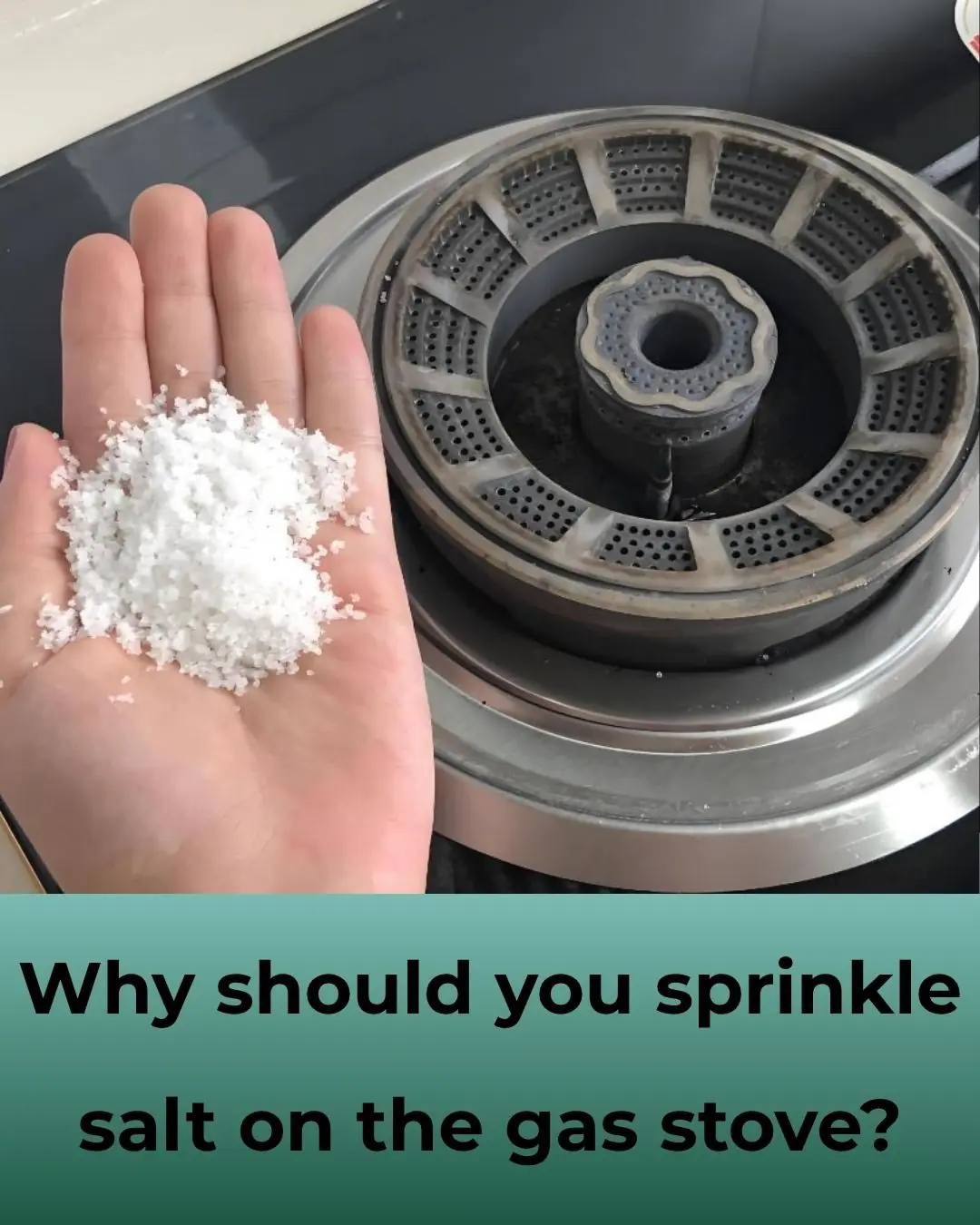
Why You Should Sprinkle Salt on Your Gas Stove — The Surprising Cleaning Hack That Works Wonders
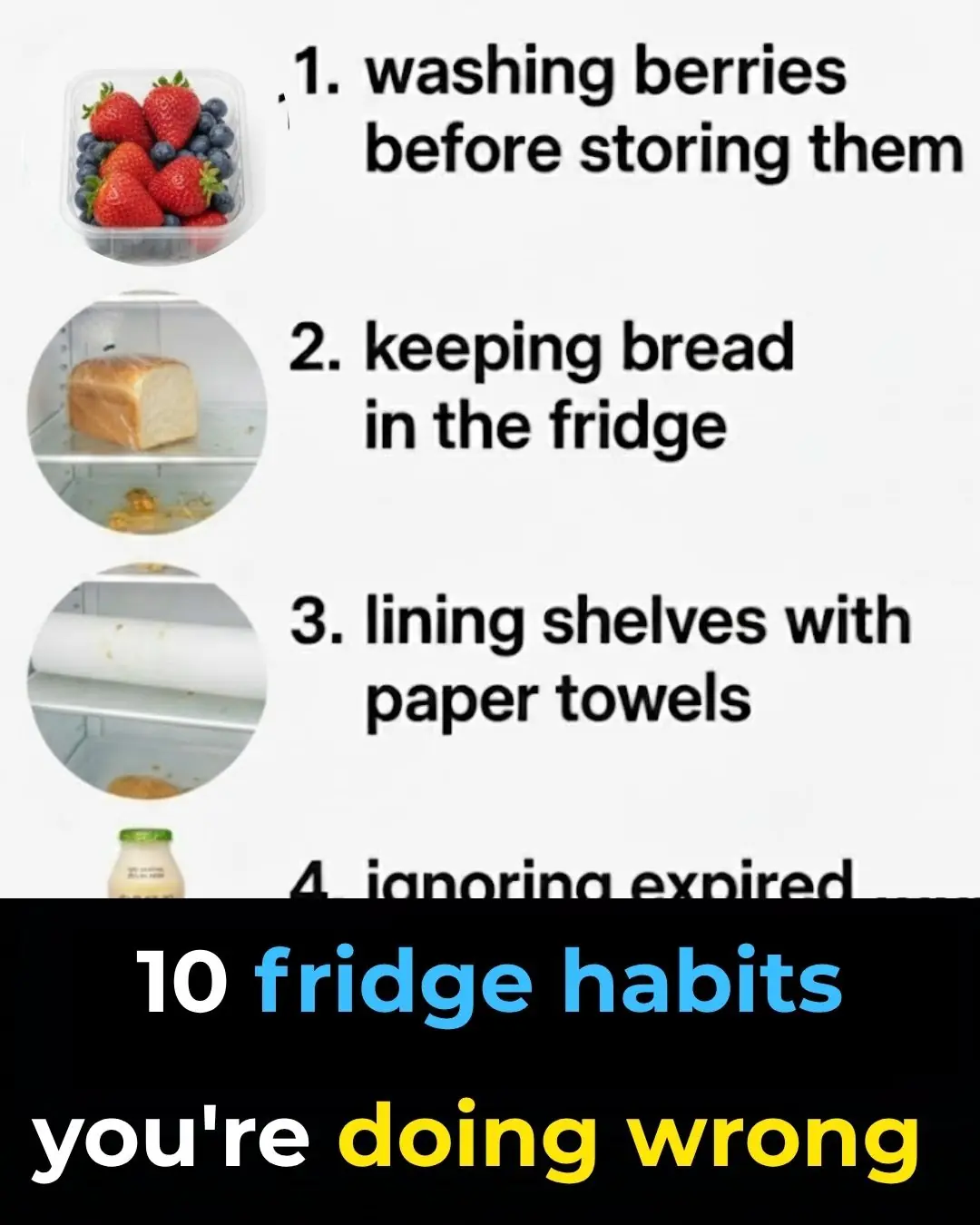
10 fridge habits you’re doing wrong

Stop throwing out old hoses. Here are 10 brilliant hacks to use them around the house

You’re doing it all wrong. Here’s the right way to clean air vents

My nana taught me this hack to get rid of lawn burn from dog pee in 5 mins with 0 work. Here’s how it works

You're doing it all wrong. Here’s the right way to store milk and dairy
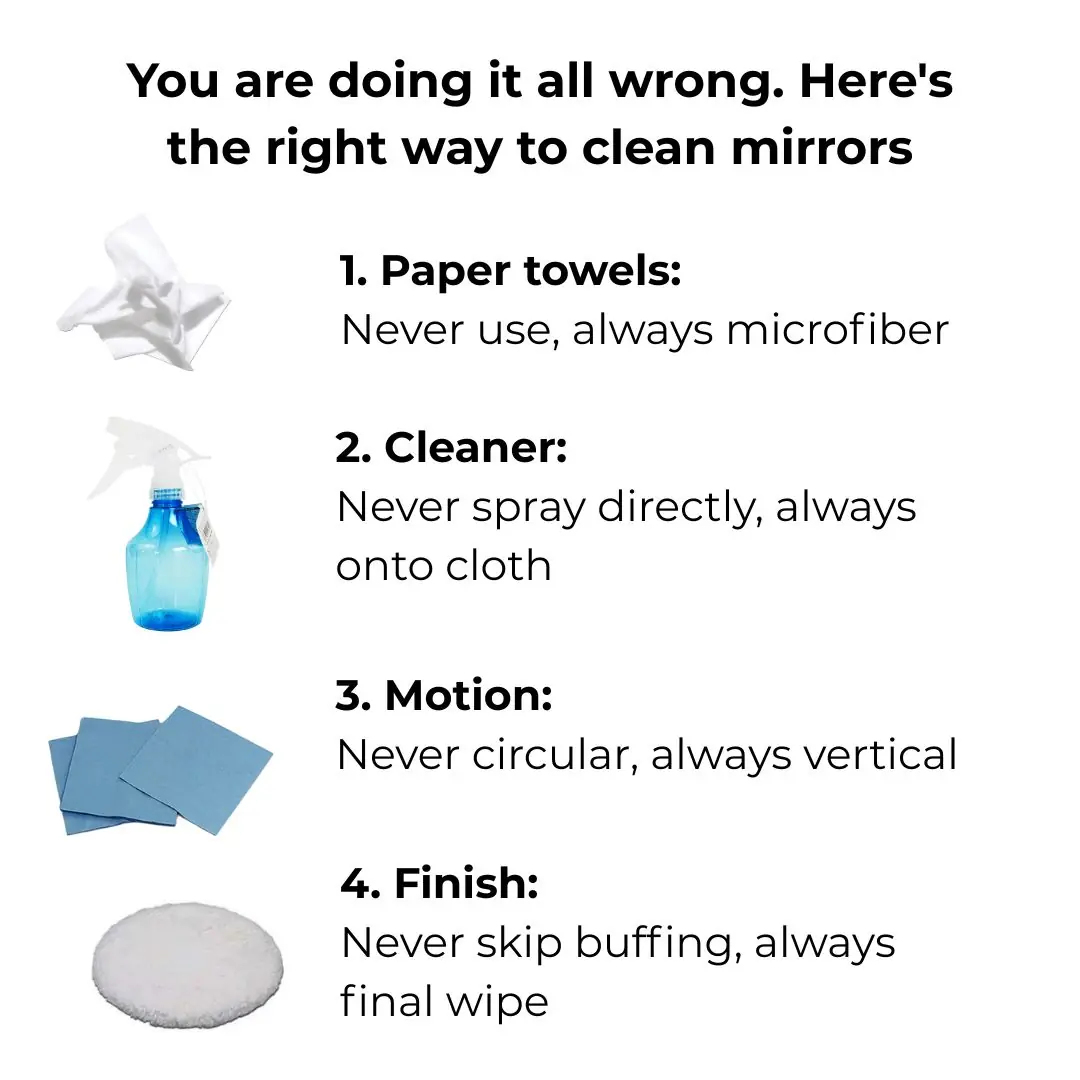
You are doing it all wrong. Here's the right way to clean mirrors
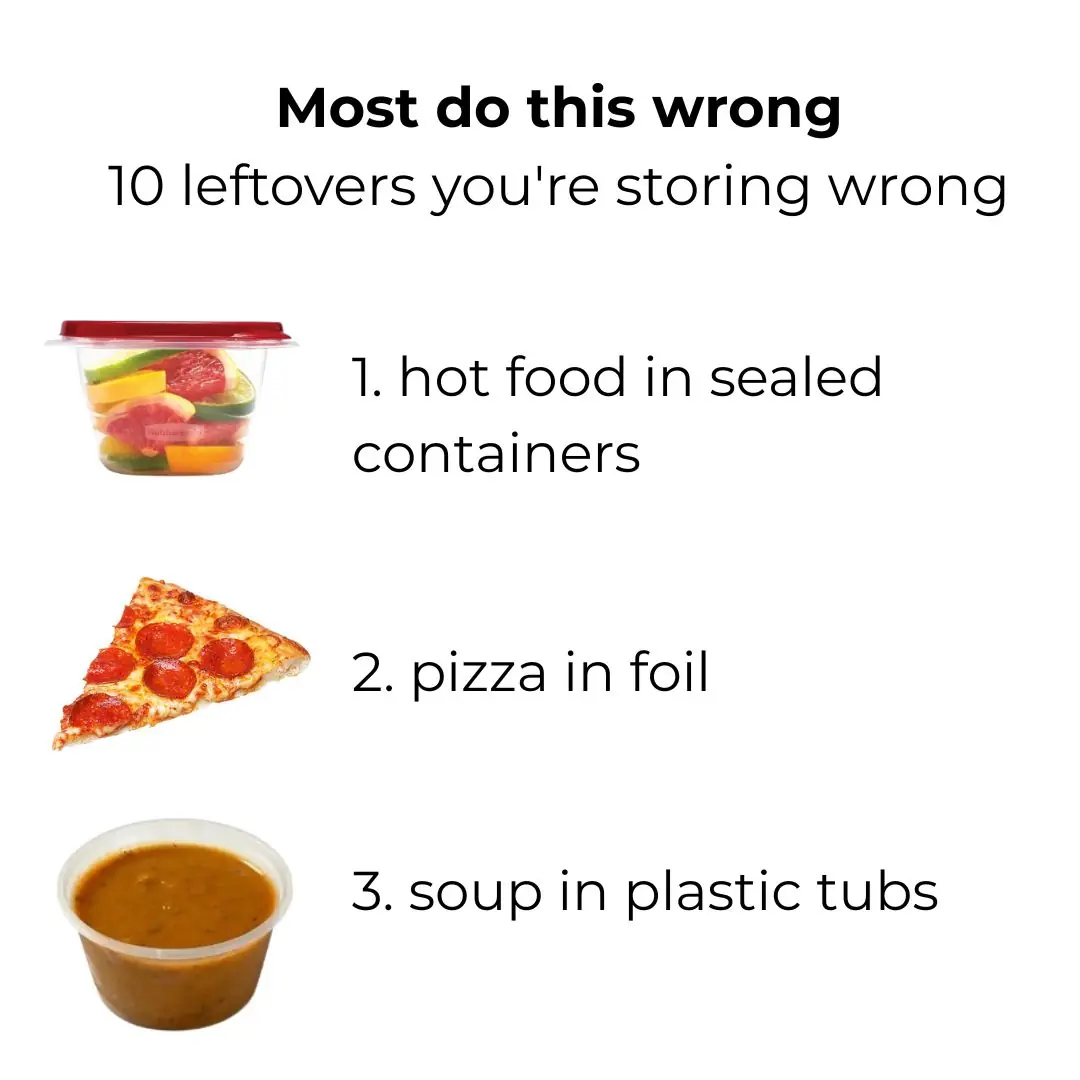
Most do this wrong. 10 leftovers you’re storing wrong
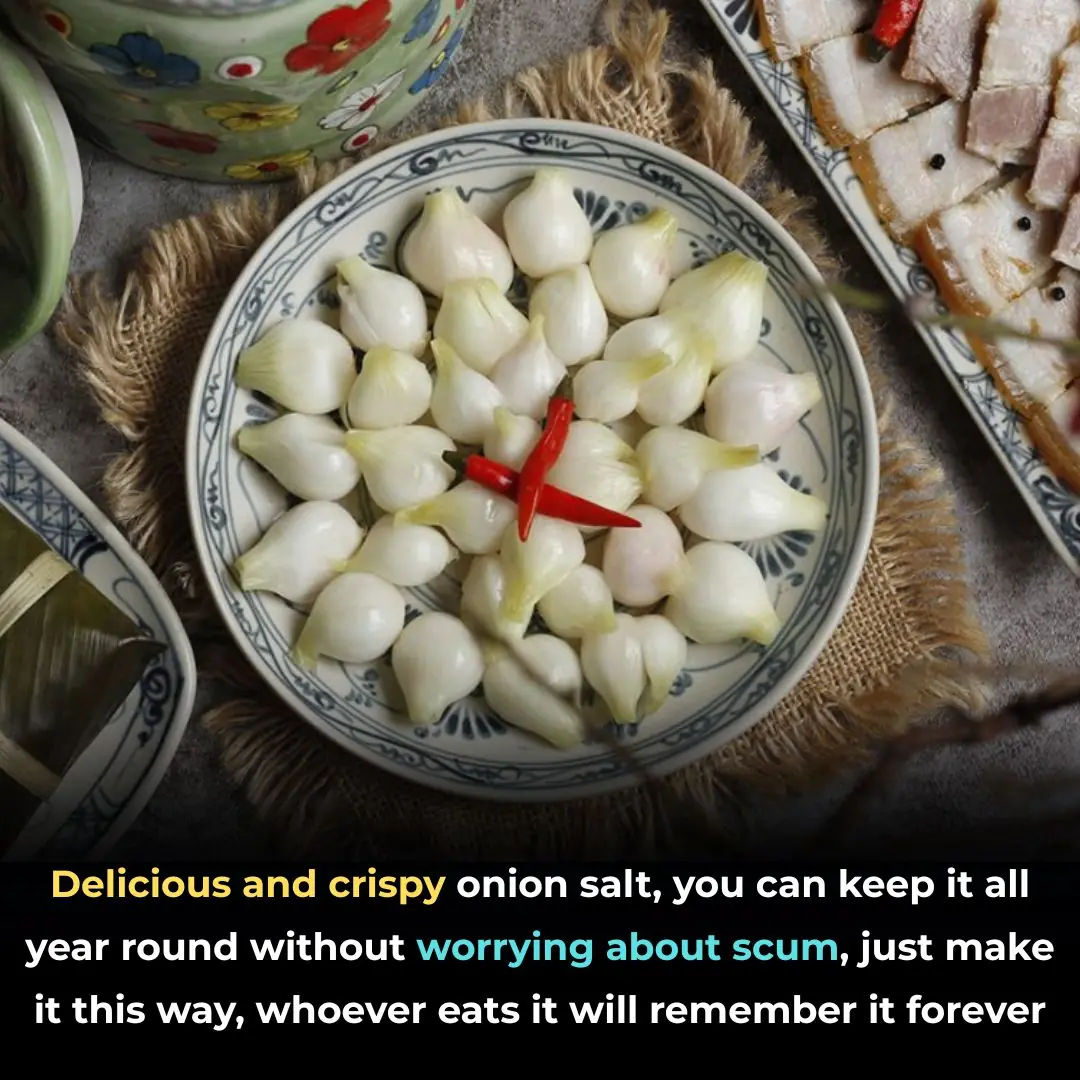
Delicious and crispy onion salt, you can keep it all year round without worrying about scum, just make it this way, whoever eats it will remember it forever

You are doing it all wrong. Here's the right way to store cleaning supplies

My nana taught me this hack to whiten yellow pillows in 5 mins with 0 work. Here’s how it works

If you see this plant, you are sitting on gold and don't even know it.

The truth about eating green papaya and ripe papaya is a secret that few people know

The 'green miracle' fruit that fights cancer and treats diabetes but is overlooked by many: Sold widely in Vietnamese markets

How to wash and condition hair with rice water to reduce hair loss and continuously promote new hair growth
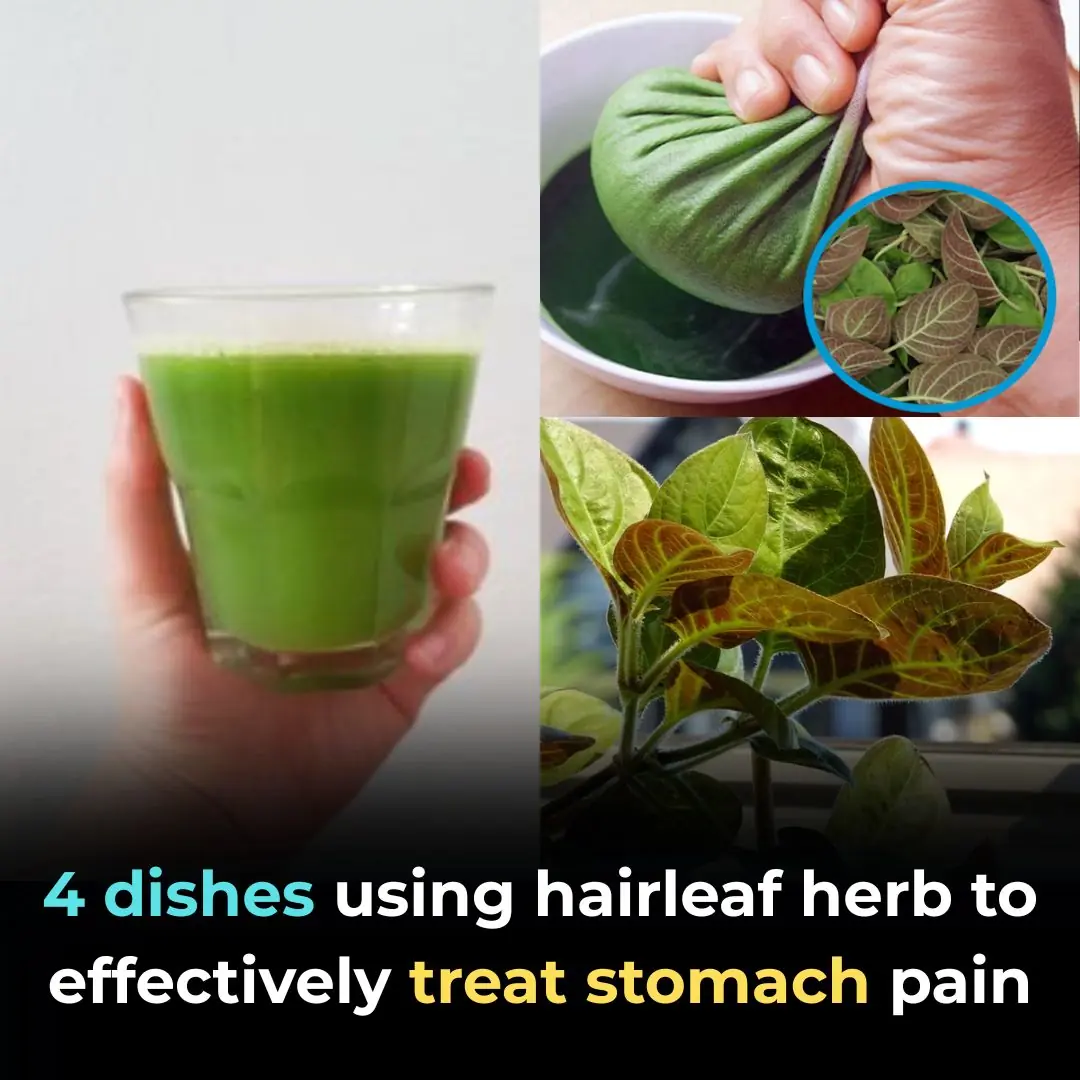
4 dishes using hairleaf herb to effectively treat stomach pain
News Post
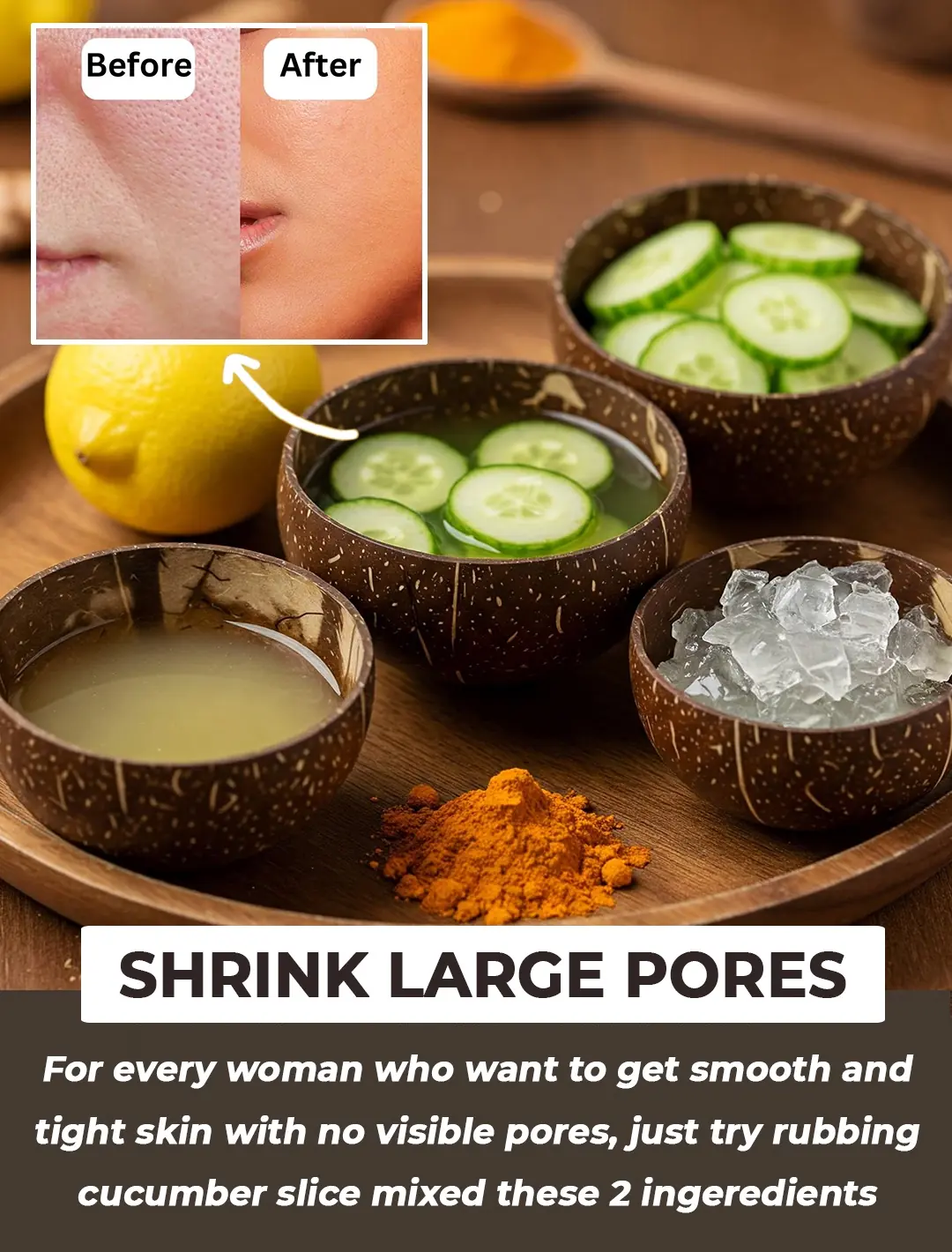
Top 5 Natural Remedies to Shrink Enlarged Pores and Achieve Smooth Skin

DIY Onion Sunflower Seed Oil: Get New Hair In Bald Patches

Homemade Carrot Oil for Glowing Skin: A Natural Solution for Dark Spots, Wrinkles & Anti-Aging
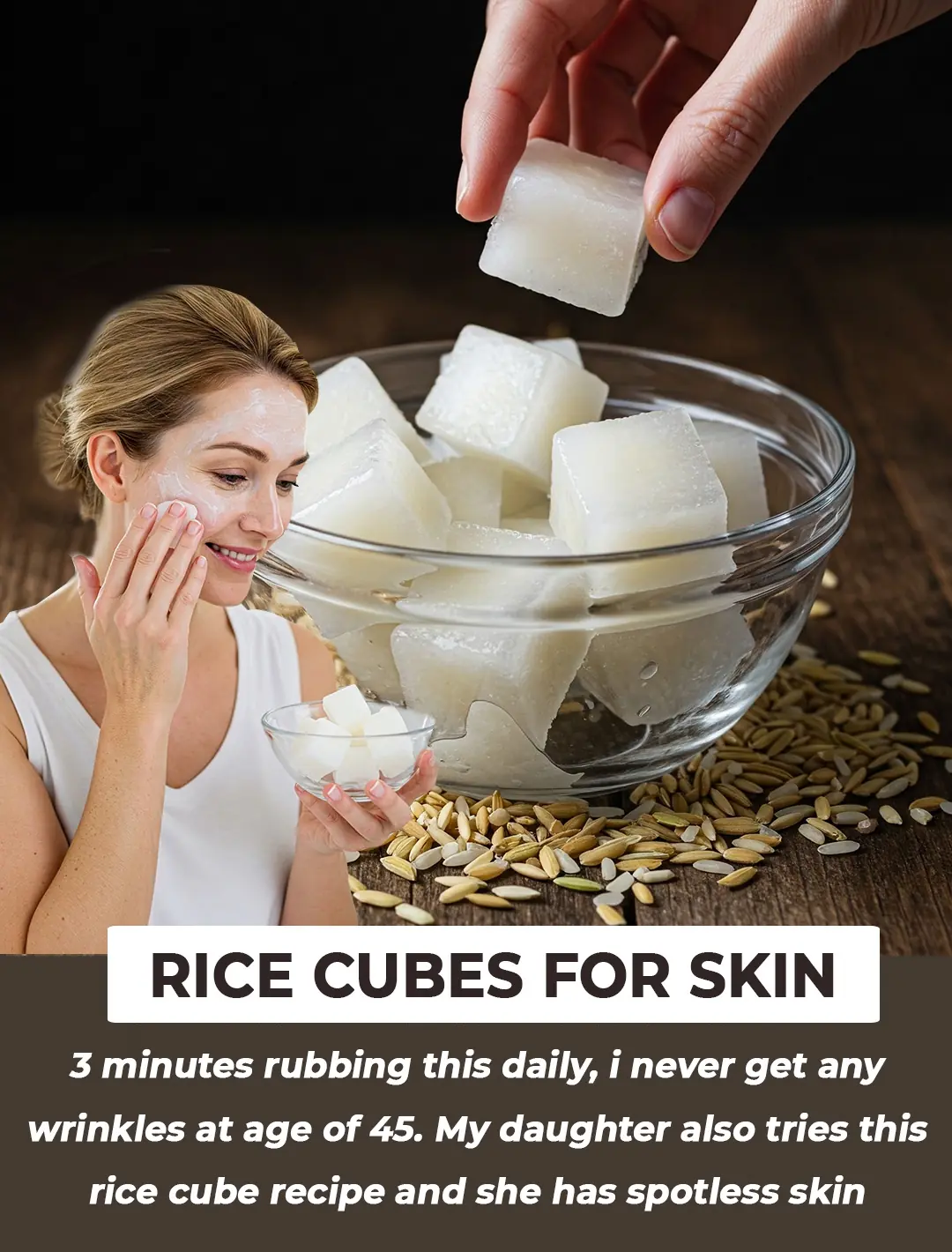
Glow Ice: Rice Water Cubes to Shrink Pores and Get Clear, Radiant Skin

The Body’s Intuition: Signs of an Impending End

When boiling sweet potatoes, don't just use water, add 1 spoon of this, every tuber will be soft and sweet

Stir-fried beef is tough: Add these 3 steps, the meat will be softer, sweeter, and tastier than in restaurants

The Shoes You Pick Reveal What Kind of Woman You Are

Dead Butt Syndrome Is Real

Stop This Spider From Entering Your Home

Why We Can’t Sleep Without a Blanket Even on Hot Nights

Using Hot Water to Clean a Greasy Pan Sounds Smart — But It’s Actually Doing More Harm Than Good

Why seniors should keep their socks on even at home

Why You Should Sprinkle Salt on Your Gas Stove — The Surprising Cleaning Hack That Works Wonders

10 fridge habits you’re doing wrong

A 3-Year-Old Girl Bit a Thermometer and Swallowed Mercury: A Mother’s Smart Reaction Saved Her Daughter’s Life and Earned the Doctor’s Praise
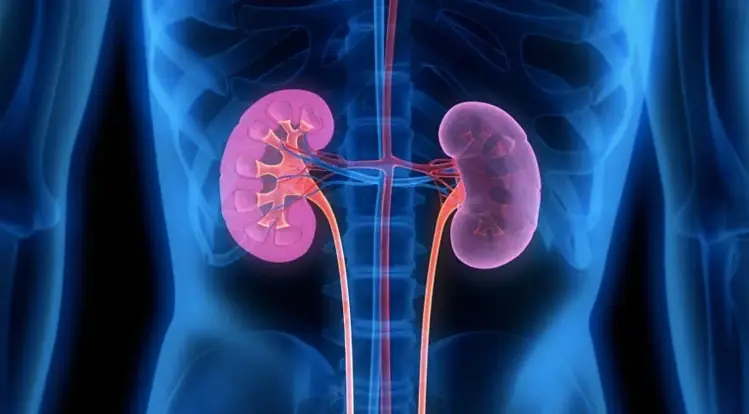
5 Signs of Kidney Failure That, If Ignored, Could Lead to a Lifetime of Dialysis

Is Cancer Hereditary? Useful Advice to Prevent the Growth of Cancer Cells
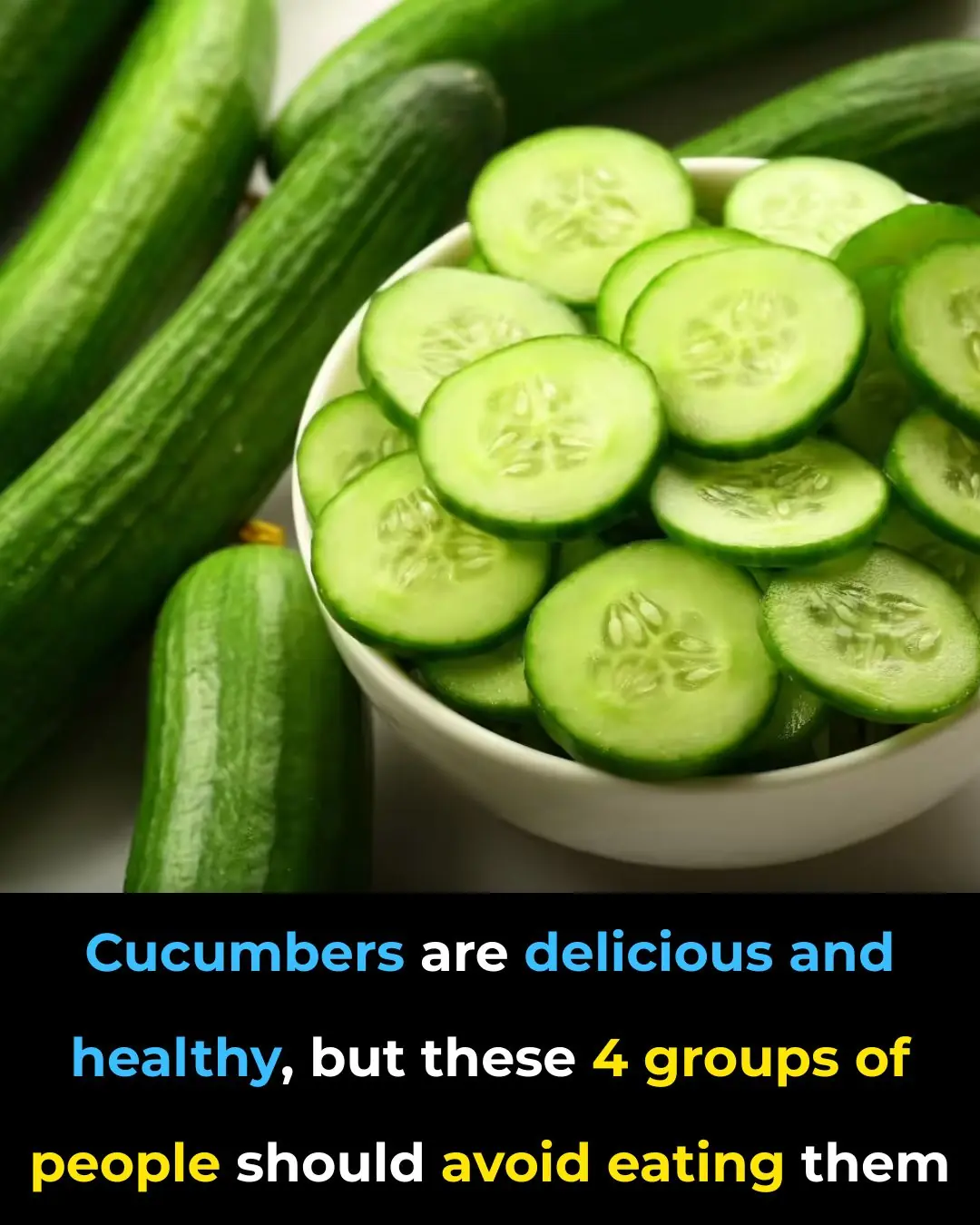
4 types of people who should avoid eating cucumbers
